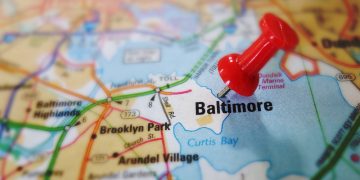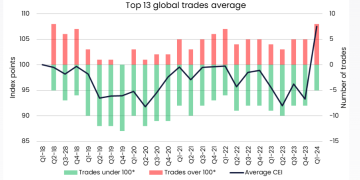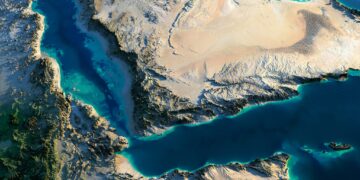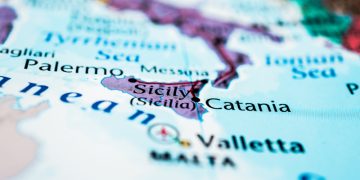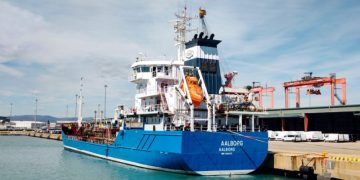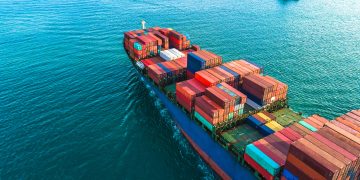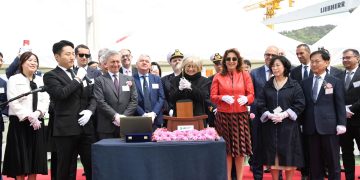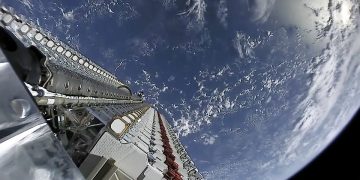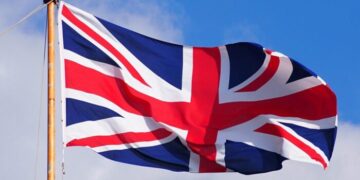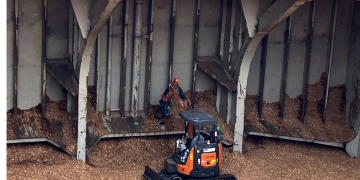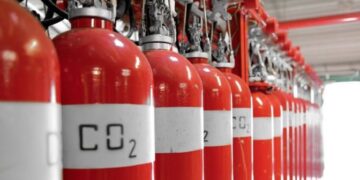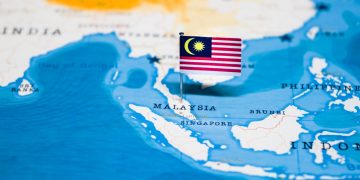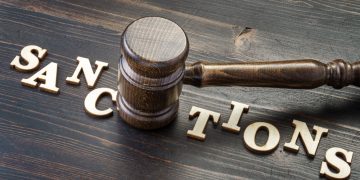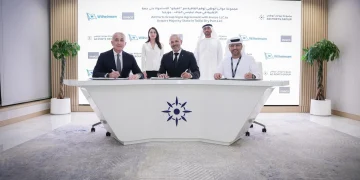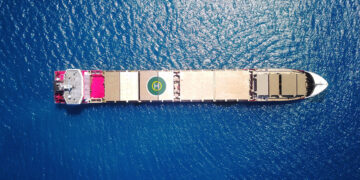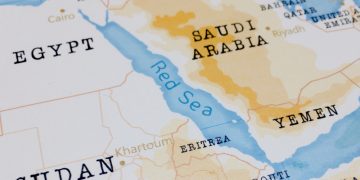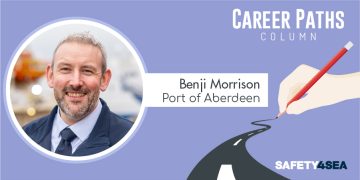Changes to the LSA Code and SOLAS – requirements for lifejackets
Changes to the LSA Code and SOLAS - requirements for lifejackets Amendments to Chapter II of the International Life-Saving Appliance (LSA) Code come into effect on July 1, 2010, and introduce the following new requirements for the approval of lifejackets:Each lifejacket shall be fitted with a whistle firmly secured by a lanyard.Lifejacket lights and whistles shall be selected and secured to the lifejacket in such a way that their performance in combination is not degraded.Each lifejacket shall be provided with a releasable buoyant line or other means to secure it to a lifejacket worn by another person in the water.Each lifejacket shall be provided with a suitable means to allow a rescuer to lift the wearer from the water into a survival craft or rescue boat.The requirements apply:to lifejackets provided on board ships constructed (having their keel laid) on or after July 1, 2010 when providing new lifejackets to vessels with a keel laying date before July 1, 2010.andNew requirements for the carriage of additional equipment, also effective July 1, 2010, have been introduced under the SOLAS Convention, as follows:On all ships where adult lifejackets are not designed to fit persons weighing up to 140 kg with a chest girth...
Read more



